Ponytail palm, bottle palm, nolina, and elephant-foot tree are all names for Beaucarnea recurvata. A strange succulent that resembles a palm, the ponytail has a single trunk, a greatly expanded base, and a rosette of long, strap-like leaves that arch and droop. The trunk eventually sprouts a few branches as it ages. Ponytail can grow to a height of 30 ft (9.1 m) and a base that is 12 ft (3.7 m) across, but houseplants typically don’t exceed 6-8 ft (1.8-2.4 m) in height. Up to 6 ft (1.8 m) long and only 1 in (2.5 cm) wide, the leaves are flat and thin. At the ends of the branches, they are grouped in substantial tufts that arch upward before drooping downward.
Mexico is the home of the slow-growing ponytail palm. The long, slender, green leaves that resemble a horse’s tail on this plant, as well as its distinctive bulbous base, are highly prized. It is frequently grown indoors, in greenhouses, or in tropical gardens.
Typically, only large trees flower, producing large, upright branched panicles with a profusion of tiny, numerous, and bee-attractive green to creamy-white or pinkish flowers. Due to the dioecious nature of plants, only female plants can produce seed. On the caudex, what appear to be minor offsets may also naturally occur. If a single-trunked plant is desired, these can be removed flush with the surface of the trunk; otherwise, they can be allowed to develop into branches.
Although a ponytail palm can be planted almost any time, spring is traditionally the best time to plant them outside. This species has extremely slow growth and a long lifespan. A 1-foot-tall plant might require five years or more to double in size.
With a tuft of strappy green leaves emerging from a stem that appears to erupt from the soil, these unusual little trees are frequently grown indoors in shallow pots. A small desktop plant can develop into a respectable specimen plant that can reach heights of 6 feet or more given enough time and the right conditions. One of the simplest small trees to grow indoors is the ponytail palm, which is native to dry areas of Central America.

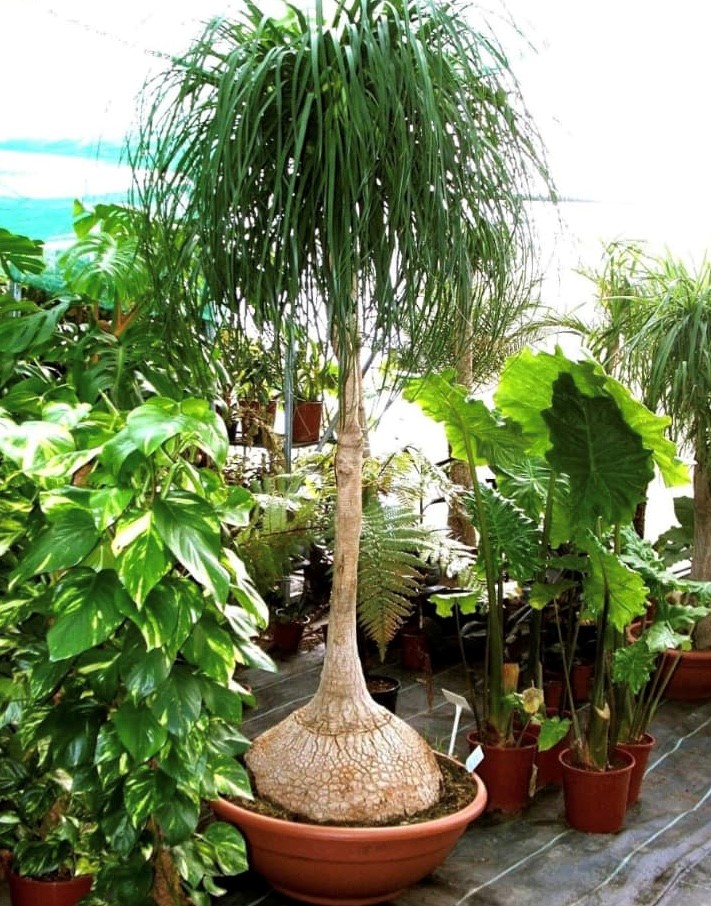

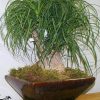
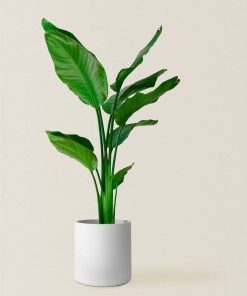
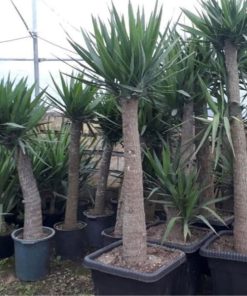
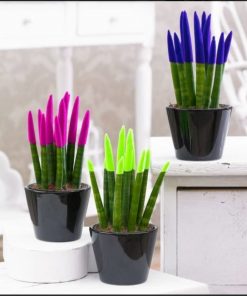
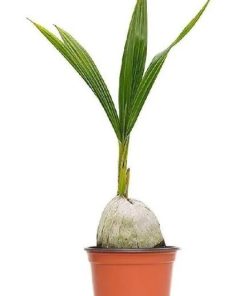
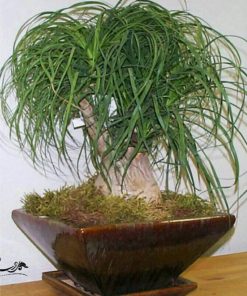
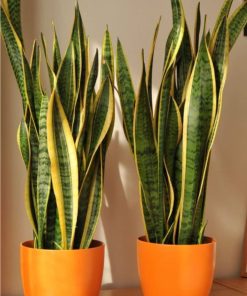
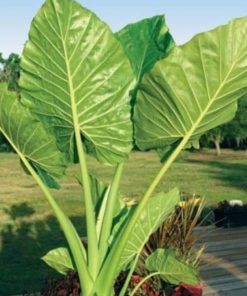

Reviews
There are no reviews yet.